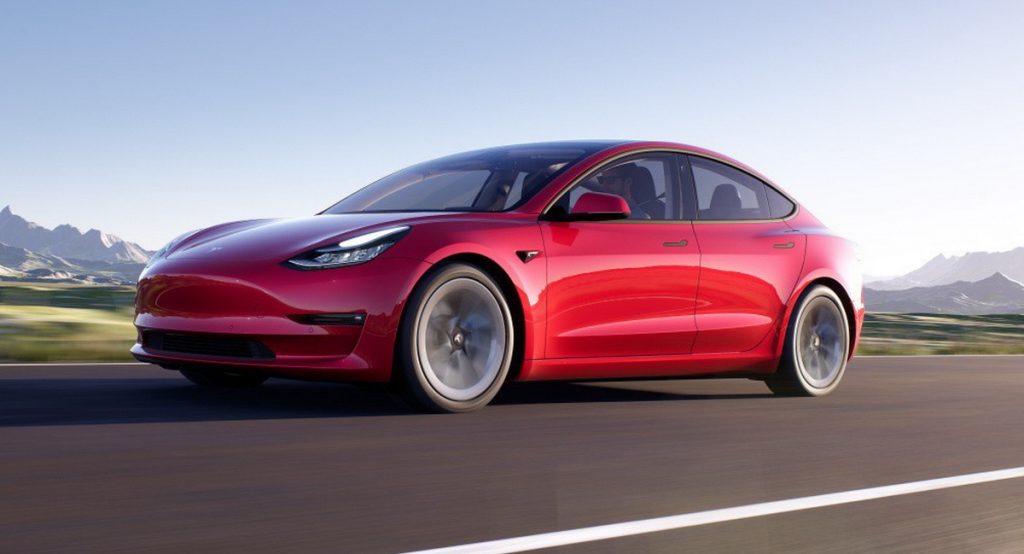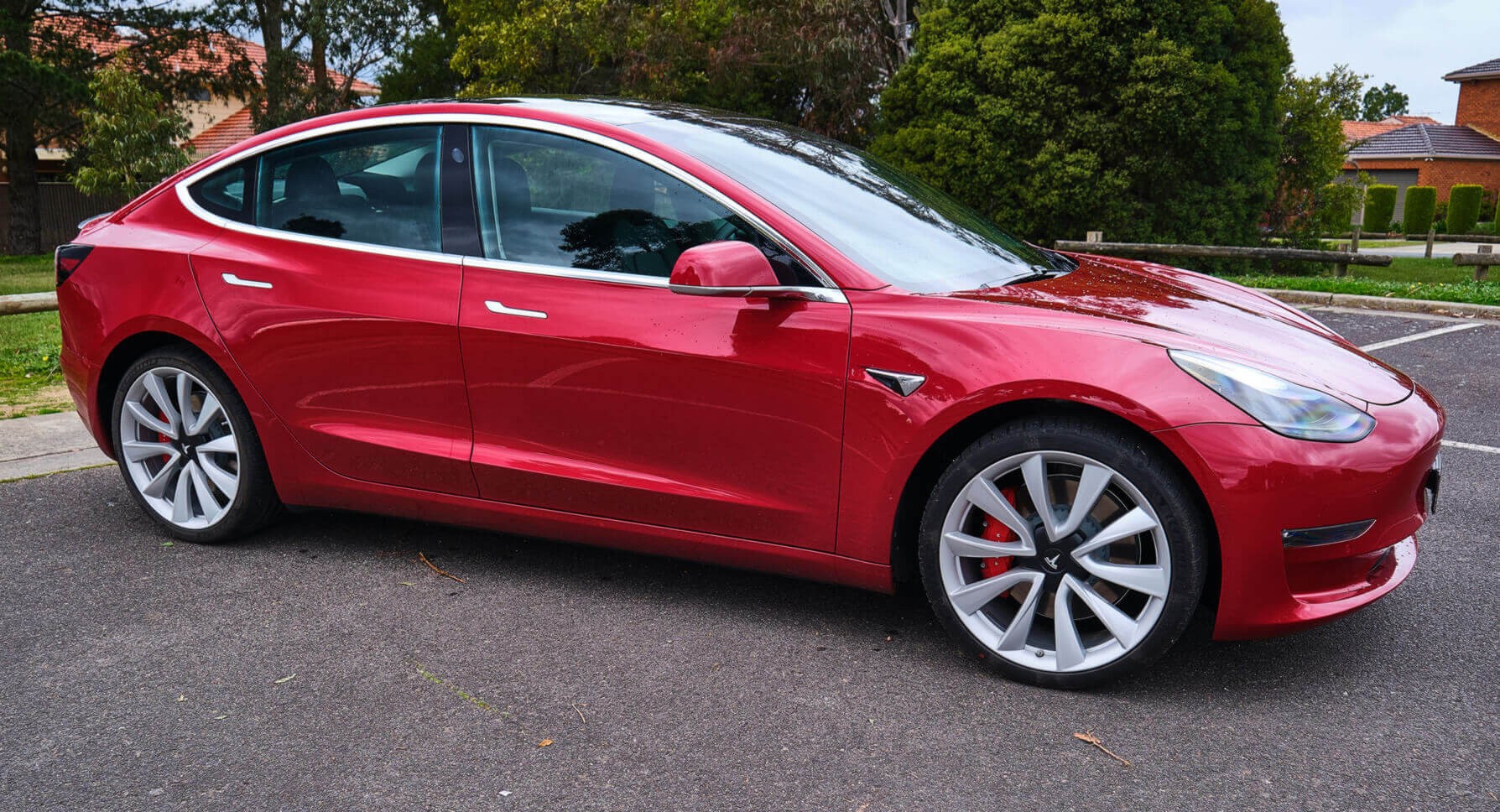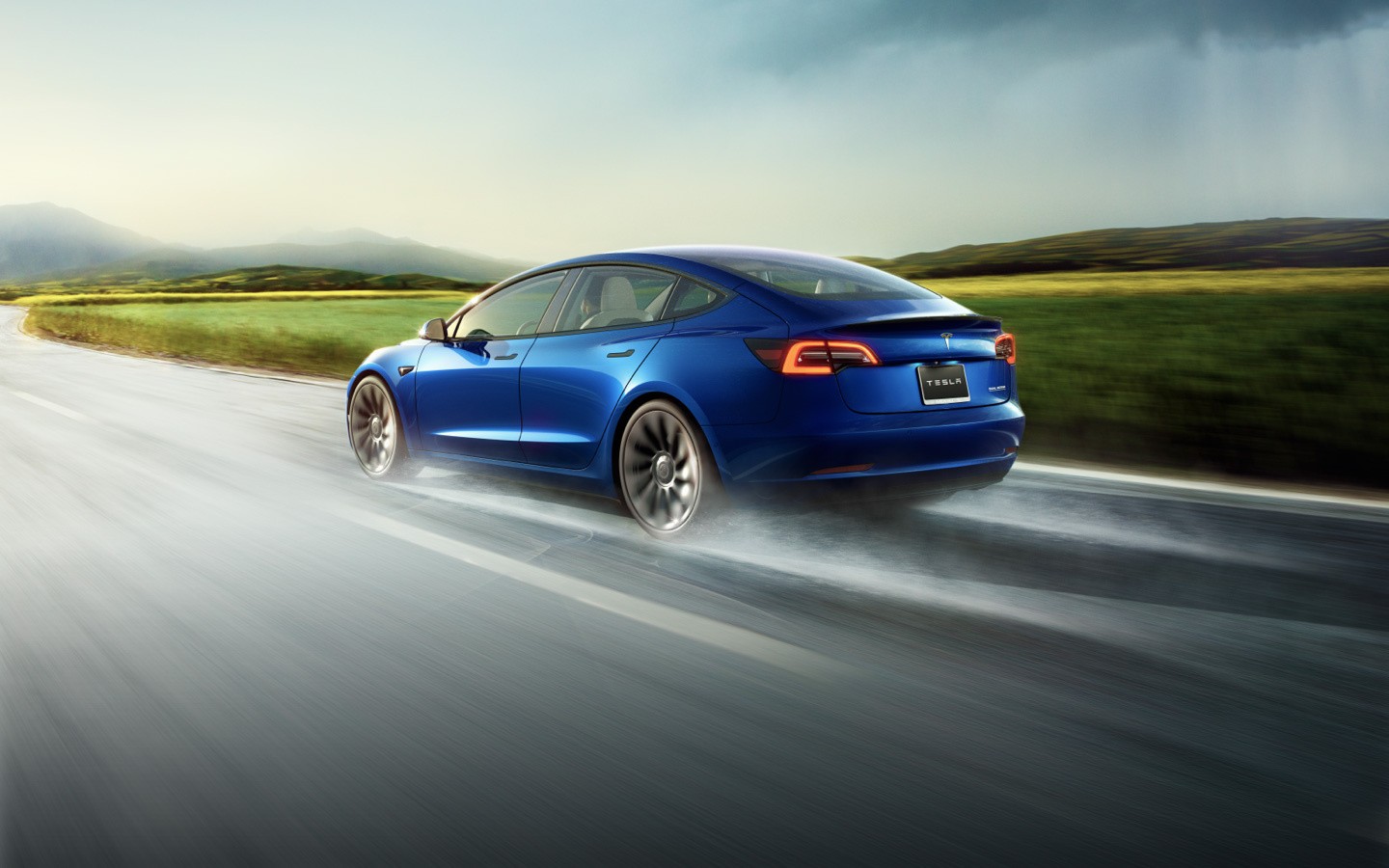While the technology used by electric vehicles has improved dramatically in recent years, there are still some limitations related to the lithium-ion battery packs that most EVs use. Most notably, these battery packs degrade over time, something Car and Driver has experienced with its long-term Tesla Model 3.
The publication has driven its Model 3 a touch over 24,000 miles (~38,600 km), and in that time, the car’s battery has lost 7 per cent of its 75 kWh capacity, equating to approximately 22 miles (35 km) of range from the EV’s original EPA-rated range of 310 miles (499 km).
Read Also: Tesla’s $25,000 EV Could Land As Soon As 2022 With New Battery Tech
Car and Driver has been using the TeslaFi software to track its Model 3 and discovered that it has been plugged in 842 times. Roughly 500 of these have seen the car charged to 90 per cent of its capacity or above, and compared to the average battery levels of other Model 3 owners using the TeslaFi software, Car and Driver’s car is fairing worse than most.
If the car’s battery capacity continues to fall by roughly 2.9 per cent every 10,000 miles (16,093 km), it will be sitting at 65 per cent of its original capacity after 120,000 miles (193,121 km).
The Model 3’s battery is covered by an eight-year/120,000-mile warranty and if it falls to below 70 per cent of its capacity retention during that period, Tesla will replace it with one that at least meets this 70 per cent threshold, but not necessarily a brand new battery pack.





